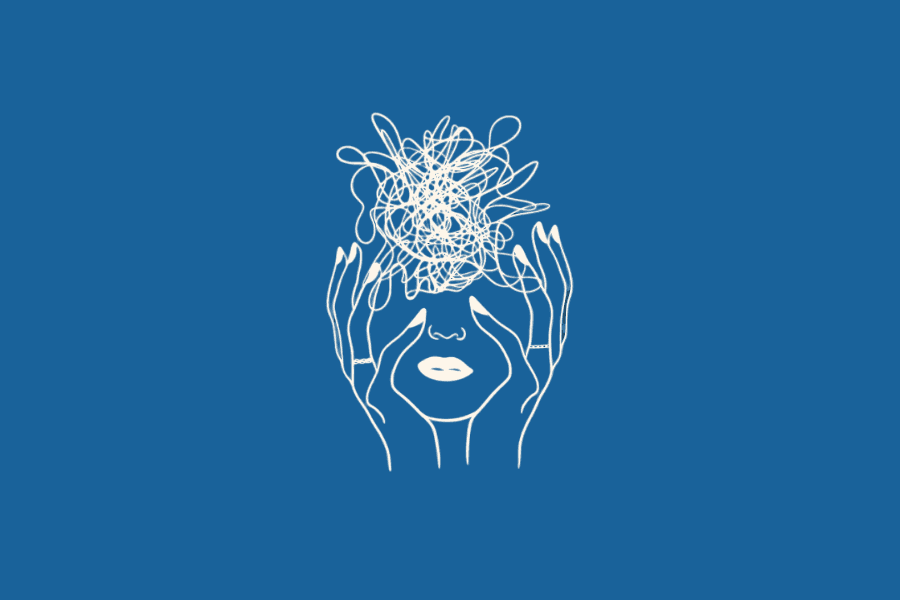Why is ADHD More Likely to be Missed in Women?
16 August 2024
When you think of ADHD, do you think of hyperactive young boys? If so, you aren’t alone. However, this common stereotype can be misleading and detrimental, particularly for women with ADHD.
Women frequently face unique challenges with ADHD that often go unrecognized or misdiagnosed. In this article, we'll explore why ADHD is often missed in women.

Diagnostic Criteria and Research Based on Male Presentations
Historically, research into ADHD and consequently the development of ADHD diagnostic criteria has largely been based on studies conducted with young males. This male-centric focus has significantly shaped our understanding and recognition of ADHD.
The classic stereotype of a hyperactive boy running around the classroom, unable to sit still and constantly interrupting, has become the dominant image of ADHD. This portrayal, while accurate for some, does not capture the full spectrum of ADHD symptoms, particularly how they manifest in women.
Cultural and Gender Biases
Societal expectations around how women should behave impact on how ADHD symptoms are perceived and reported. Girls and women are generally expected to be more passive, compliant, organised and in control of their emotions. When women struggle with concentration, memory or managing their emotions, these difficulties are seen as personal failings rather than attributable to ADHD.
This is problematic for two reasons: it can lead, understandably, to feelings of shame and guilt which mean women might be less likely to seek support. Further, when women do seek support, their difficulties are often not hypothesised to be potential symptoms of ADHD. As a result of cultural and gender expectations, women are more likely to ‘mask’ symptoms of ADHD.
Internalised Features
Women with ADHD often internalize their symptoms, which contrasts sharply with the more obvious external behaviours typically seen in men. Instead of appearing through hyperactivity or disruptive actions, their ADHD may present as chronic feelings of overwhelm, persistent chaos in their personal and professional lives, and significant emotional dysregulation. This internalization means that the signs of ADHD are subtler and more likely to be overlooked by parents, teachers, and even healthcare professionals.
Coping mechanisms
Women with ADHD often develop a range of coping mechanisms to manage their symptoms, which can be both a blessing and a burden. These strategies enable them to navigate daily life but also make it more challenging to recognize underlying ADHD. Some common coping mechanisms include being hyper-organized, relying heavily on others for support, overworking, strict adherence to routines, and excessive notetaking.
- Hyper-organization: Many women with ADHD become hyper-organized to compensate for their difficulties with attention and executive functioning. They might use colour-coded calendars, detailed to-do lists, and meticulous planning systems to keep track of their responsibilities. While this can help them stay on top of tasks, the effort required to maintain such high levels of organization can be exhausting.
- Relying on others: Seeking support from friends, family, or colleagues is another common strategy. Women with ADHD might delegate tasks, ask for reminders, or rely on others to help manage their responsibilities. This support network can be invaluable, but it can also mask the extent of their struggles and delay recognition of ADHD.
- Overworking: To make up for periods of inattention or procrastination, some women may work longer hours. This overworking can lead to burnout and chronic fatigue, as they push themselves to meet their goals and responsibilities despite their ADHD symptoms.
- Strict routines: To make up for periods of inattention or procrastination, some women may work longer hours. This overworking can lead to burnout and chronic fatigue, as they push themselves to meet their goals and responsibilities despite their ADHD symptoms.
- Excessive notetaking: Detailed note-taking during meetings, lectures, or while reading helps women with ADHD remember important information and stay engaged. While this strategy can be effective, it also highlights the effort they must exert to compensate for their attentional challenges.
These coping mechanisms, while helpful in the short term, can be physically and emotionally draining. The constant effort to maintain them can lead to chronic stress and burnout. In addition, these strategies can obscure the presence of ADHD, making it harder for the women themselves, as well as those around them, to recognise this. As a result, their struggles may be attributed to personal shortcomings rather than understood as symptoms of ADHD.
ADHD in women is frequently misunderstood and overlooked because of cultural biases, outdated diagnostic criteria, and the tendency for symptoms to be internalized. It is essential to recognize how ADHD uniquely manifests in women to ensure that women are understood and supported. By increasing awareness and understanding, we can provide better support to women with ADHD, helping them lead fulfilling and successful lives.